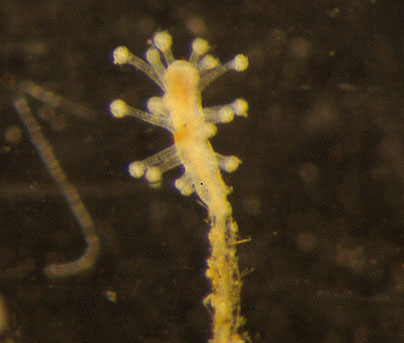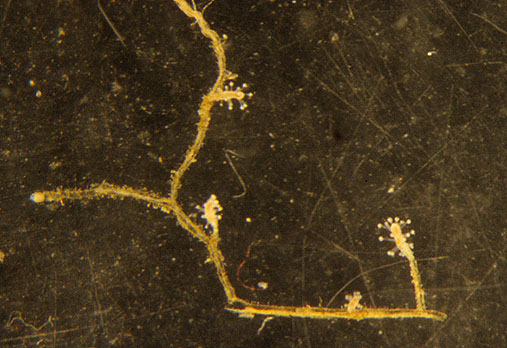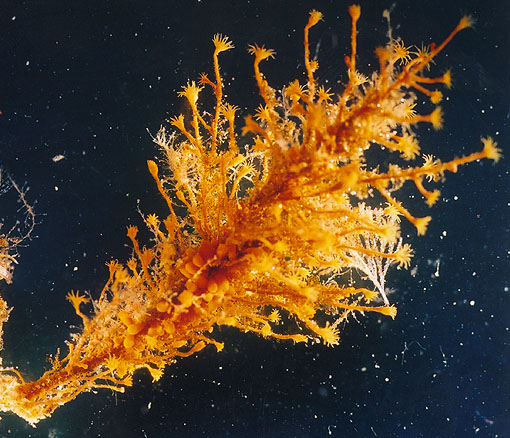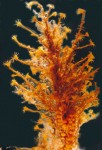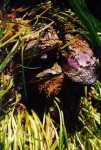TEMPERATURE: Max. 9.0 C Min. 6.1 C Reset 7.7 C
MARINE LIFE: 1 mature bald eagle in the reserve today, still 3 geese.
HUMAN INTERACTION: 4 ecotour boats ,2 U.S. pleasure craft in reserve today.
posted by Carol or Mike S at 6:06 PM
WEATHER: Sky Overcast Vis 15 Miles Wind West 20 G 30 Knots Sea 4 Foot Moderate — Low South
West Swell
posted by Carol or Mike S at 5:51 AM]
TEMPERATURE: Max. 11.0 C Min. 5.3C Reset 8.8 C Rain 0.7 mm
MARINE LIFE: 2 mature, 1 juvenile bald eagles. 3 geese. The Gulls,Pigeon Guillamots and Oyster Catchers are all busy in the nesting areas -found 3 more Oyster Catcher nests with eggs.
HUMAN INTERACTION: 3 ecotour boats, 2 pleasure craft. The Second Nature in just before noon with Garry, Laura and students for field lab.
posted by Carol or Mike S at 6:29 PM





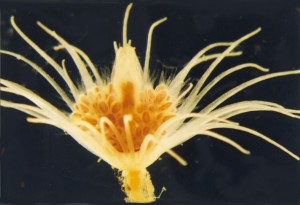
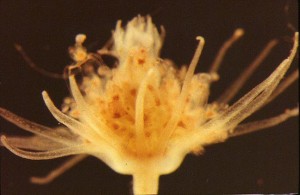
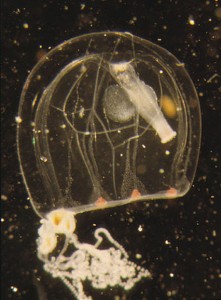
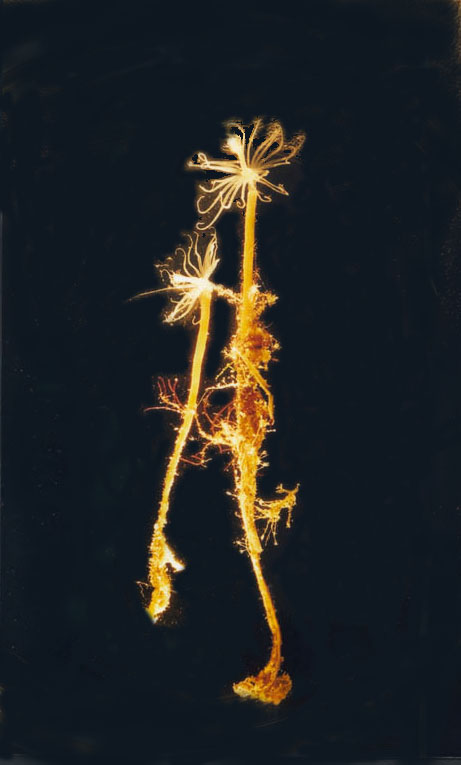
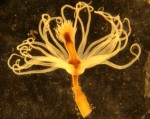
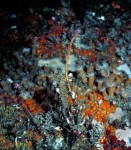
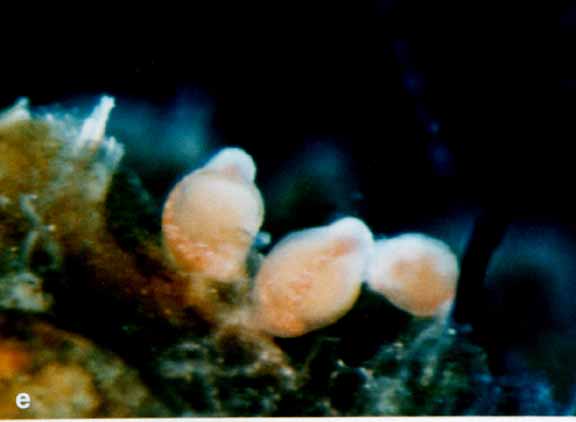
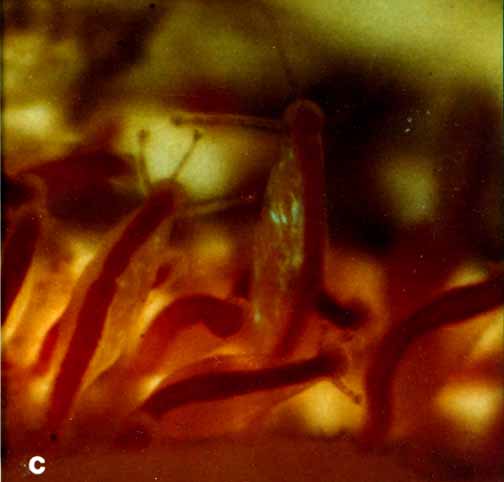
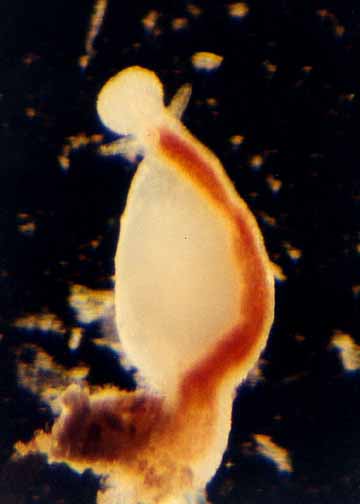 Rhysia fletcheri male polyps
Rhysia fletcheri male polyps


